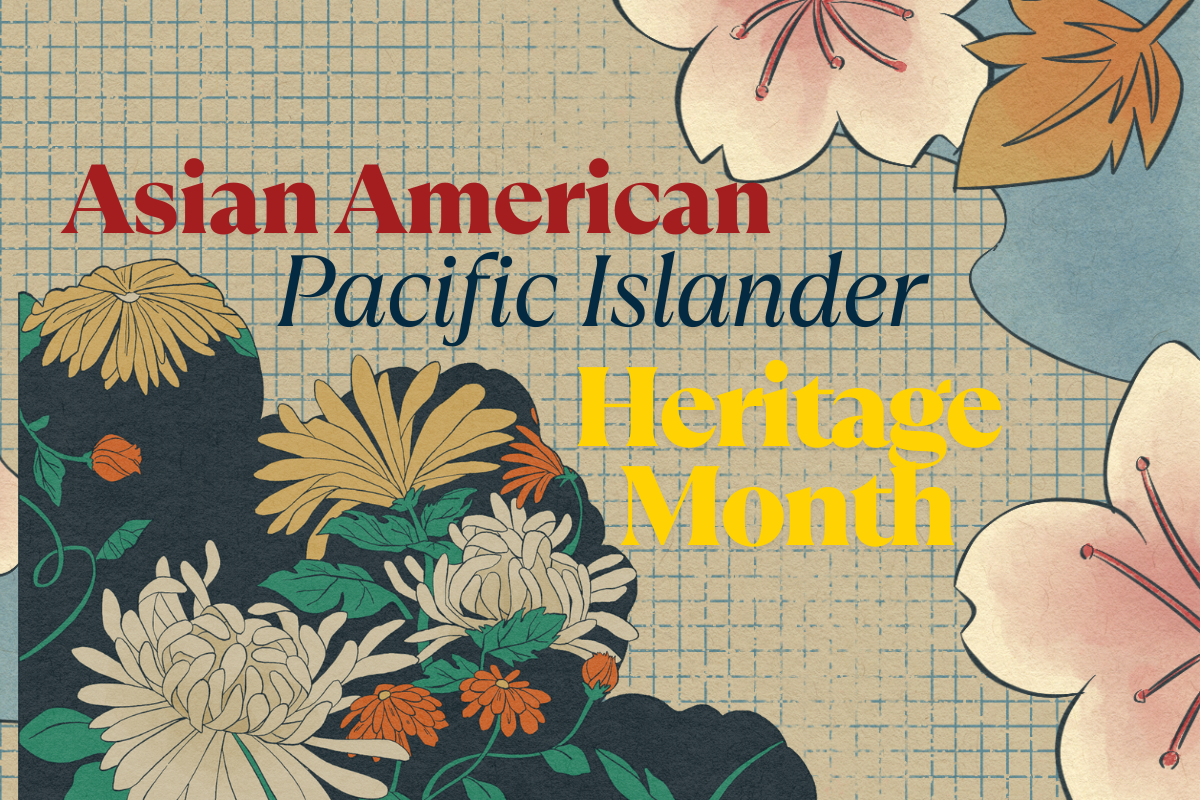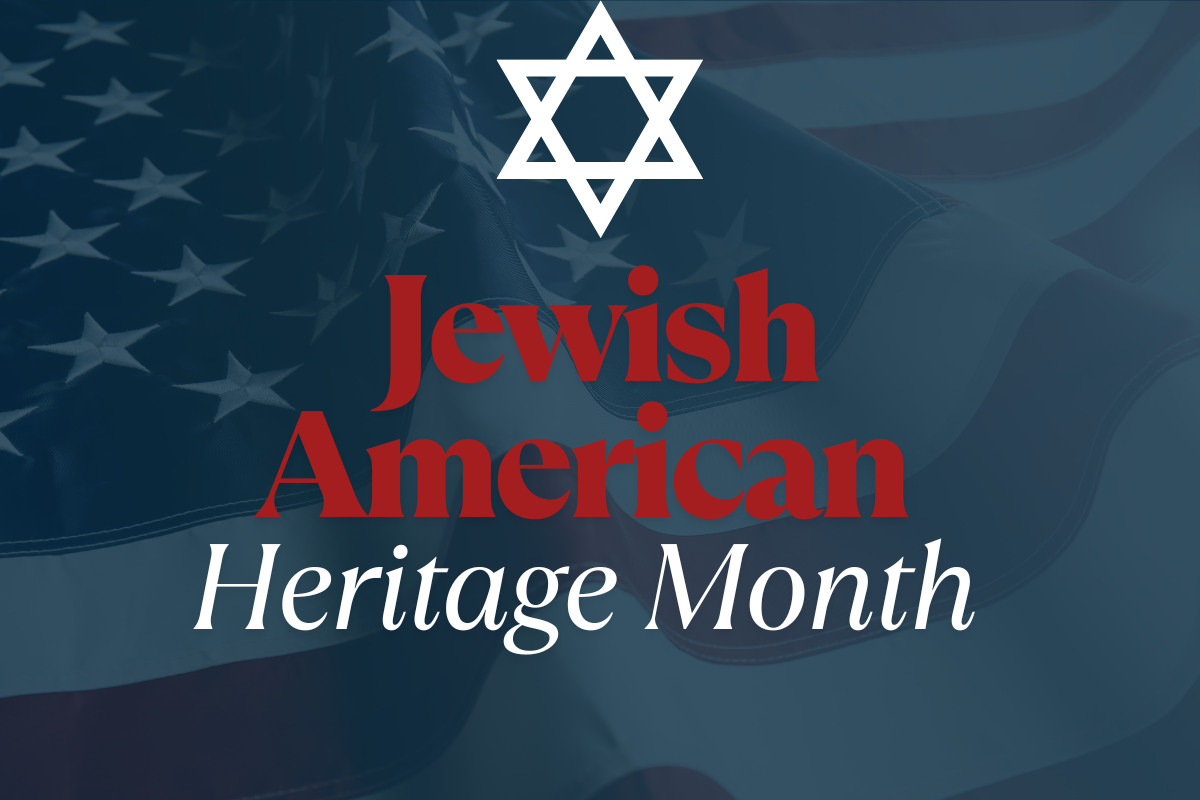Celebrating Black History Month
PUBLISHED:
Celebrating Black History Month
In 1976, during the U.S. Bicentennial, President Gerald Ford officially recognized Black History Month, urging Americans to honor the contributions of Black individuals. Since then, it has been celebrated annually in February in the U.S., while other countries like Canada (February) and the United Kingdom (October) have adopted their own observances.
Black History Month began as Negro History Week in 1926, founded by historian Carter G. Woodson and the Association for the Study of Negro Life and History (ASNLH) (now ASALH). Woodson chose the second week of February to align with the birthdays of Frederick Douglass and Abraham Lincoln, both significant figures in Black history.
The week aimed to educate the public about Black achievements, counter racist narratives, and promote pride in African American heritage. Over the decades, schools and communities expanded the celebration, and by the late 1960s, the Civil Rights Movement fueled a push for broader recognition.
This month CIAM recognizes and celebrates the contributions, achievements, and the resilience of Black individuals. Their contributions have impacted and shaped our country and the world. Black History Month informs and remembers both the challenges and accomplishments to inspire all future generations. Happy Black History Month!"
How we can celebrate Black History Month
- Learn About Black History and Culture:
- Read books, watch documentaries, or listen to podcasts that highlight the history, achievements, and contributions of Black people. Some classic books to consider are The Souls of Black Folk by W.E.B. Du Bois, Between the World and Me by Ta-Nehisi Coates, or The Color Purple by Alice Walker.
- Explore works from Black authors, artists, and musicians. Look into genres of music like jazz, hip-hop, and blues, which were shaped by Black artists.
- Support Black-Owned Businesses:
- Try to support local and national Black-owned businesses. This could mean shopping, dining, or booking services that are owned and operated by Black entrepreneurs.
- Attend Cultural Events:
- Many communities hold events, festivals, or talks during Black History Month. These can include film screenings, art exhibitions, musical performances, or guest speakers who share their expertise on Black culture and history.
- Volunteer or Donate to Organizations:
- Volunteer time or resources to organizations that support the Black community, such as local youth centers, advocacy groups, or nonprofits focused on racial justice, education, or economic empowerment.
- Amplify Black Voices:
- Share stories, music, poetry, or art created by Black individuals. Whether it’s on social media or in conversations with friends and family, amplifying Black voices and achievements helps to raise awareness and celebrate their contributions.
- Educate Yourself and Others About Racial Injustice:
- Use this time to explore the ongoing challenges facing Black communities, including systemic racism, voting rights, healthcare disparities, and more. Reflect on how you can contribute to fighting injustice year-round.
- Support Black History Month Initiatives:
- Participate in events or initiatives at schools, workplaces, or other organizations. Many places host educational seminars, workshops, or even artistic performances to celebrate the month.
- Engage with Black History Through Art and Literature:
- Create or engage in artistic expressions that reflect Black history and culture. You can attend poetry readings, art exhibits, or participate in writing or art projects that focus on African American history.
- Reflect and Have Conversations:
- Take time for personal reflection about how you can support racial equality. Have open discussions with family and friends about Black history and the importance of recognizing it beyond February.
- Watch Films and Documentaries:
- There are many powerful films and documentaries that depict pivotal moments in Black history, such as 13th (directed by Ava DuVernay), Selma, Malcolm X, or The Black Panther Party. These can provide insight into the struggles, triumphs, and ongoing issues within the Black community.
More Films:
- Eyes on the Prize
- The Black Panthers: Vanguard of the Revolution
- Who We Are: A Chronicle of Racism in America
- I Am Not Your Negro
- The Souls of Black Folk
- Tupac: Resurrection
- Black Power: A British Story of Resistance
- The African Americans: Many Rivers to Cross
- Won’t You Be My Neighbor
Non-Fiction Books:
- The Souls of Black Folk by W.E.B Du Bois
- Between the World and Me by Ta-Nehisi Coates
- The Autobiography of Malcolm X by Malcolm X and Alex Haley
- The Warmth of Other Suns
- How We Fight for Our Lives by Saeed Jones
- The New Jim Crow: Mass Incarceration in the Age of Colorblindness by Michelle Alexander
- Up from Slavery by Booker T. Washington
- I Know Why the Caged Bird Sings by Maya Angelou
- Stamped from the Beginning by Ibram X. Kendi
- The Color of Law: A Forgotten History of How Our Government Segregated America by Richard Rothstein
Fictional Books:
- Their Eyes Were Watching God by Zora Neale Hurston
- Beloved by Toni Morrison
- Invisible Man by Ralph Ellison
- Native Son by Richard Wright
- The Nickel Boys by Colson Whitehead
- Sula by Toni Morrison
- The Underground Railroad by Colson Whitehead
- The Street by Ann Petry
- Go Tell It on the Mountain by James Baldwin
- The Sellout by Paul Beatty
Events in SoCal to Celebrate Black History:
- 45th Annual Orange County Black History Parade and Unity Festival - February 1st, Center Street Promenade, 205 W. Center St. Promenade, Anaheim, CA 92805
- Black History Month Film Screening & Panel Discussion: wade in the Water: A Journey into Black Surfing and Aquatic Culture- February 1st, Santa Monica Main Library, 601 Santa Monica Blvd., Santa Monica, CA 90401
- Black History Month – February 1st, Pretend City Children’s Museum, 29 Hubble, Irvine, CA, 92618
- Black History Month Celebration – February 1st, Forest Lawn Glendale, 1712 S. Glendale Ave., Glendale, CA 91205
- The Art of Alma Thomas – February 1st, Culver City Julian Dixon Library, 4975 Overland Ave, Culver City, CA 90230
- 26th Annual Los Angeles Black College Expo – February 1st, Sofi Stadium, 1001 Stadium Dr., Inglewood, CA 90301
- Free the Land! Free the People! A Study of the Abolitionist Pod- February 1st –15th, Crenshaw Dairy Mart, 8629 Crenshaw Blvd., Inglewood, CA 90305
- Prosperity Market – February 2nd, Hilltop Coffee + Kitchen, 4427 W. Slauson Ave., Los Angeles, CA 90043
- African American Firefighter Museum – February 2nd, 9th, 16th, and 23rd, Inside Fire Station No. 30, 1401 S. Central Ave., Los Angeles, CA
- African American and Black History Month: Activism Through Art – February 4th, Woodcrest Library, 1340 W. 106th St., Los Angeles, CA 90044
- Annual Pan African Film + Arts Festival – February 4th – 23rd, Westfield Culver City Shopping Center, 1340 W. 106th St., Los Angeles, CA 90044
- Uncle Geebo, Magicians in History – February 5th, Hermosa Beach Library, 550 Pier Ave., Hermosa Beach, CA 90254
- African American and Black History Month: Mae Jemison – February 5th, Lawndale Library, 14615 Burin Ave., Lawndale, CA 90260
- African American and Black History Month: Activism Through Art – February 6th, Angelo M. Iacoboni Library, 4990 Clark Ave., Lakewood, CA 90712
- African American and Black History Month: Empower Through Poetry – February 7th, Temple City Library, 5939 Golden West Ave., Temple City, CA 91780
- Motown Mania – The Music of the Temptations – February 8th, Bank of America Performing Arts Center, 2100 E. Thousand Oaks Blvd., Thousand oaks, CA 91362
- 2025 Allensworth Black History Month Celebration – February 8th, Colonel Allensworth State Historic Park, Grant Dr., Earlimart, CA 93219
- Legacy & Unity: Black History Celebration on The Promenade – February 8th, Downtown Long Beach, Pine Avenue, Long Beach, CA 90802
- Art of Charles McGee – February 8th, Bell Library, 4411 E. Gage Ave., Bell, CA 90201
- African American and Black History Month: Build Like Phillip Freelon – February 8th, Montebello Library, 1550 W. Beverly Blvd., Montebello, CA 90640
- African American and Black History Month: Faith Ringgold - February 12th, Lomita Library, 24200 Narbonne Ave., Lomita, CA 90717
- Black History Parade and Festival
February 15th, 1081, N. Fair Oaks Ave., Pasadena - 44th Annual Black Doll Show - February 15th, William Grant Still Arts Center (WGSAC), 2520 S. West View St., Los Angeles, CA 90016
- African Drum Circle with Chazz! - February 19th, La Crescenta Library, 2809 Foothill Blvd., La Crescenta-Montrose, CA 91214
- African American and Black History Month: Mark Bradford - February 19th, Willowbrook Library, 11737 Wilmington Ave., Los Angeles, CA 90059
- African American Architects of Los Angeles - February 20th, Rivera Library, 7828 Serapis Ave., Pico Rivera, CA 90660
- Black History Month with Storyteller Michael McCarty - February 20th, Platt Branch Library, 23600 Victory Blvd., Woodland Hills, CA 91367
- Black History Month Parade & Expo - February 22nd, begins at Summit & Citrus Ave., Fontana, CA 92325
- Jazz Fest: A Black History Month Celebration - Feb. 22nd, Miller Amphitheater, 17004 Arrow Blvd., Fontana, CA
- 23rd Annual African American Festival - February 22 – 23, Aquarium of the Pacific, 100 Aquarium Way, Long Beach, CA 90802
- 9th Annual Los Angeles Black History Month Festival - February 23rd, 7600 Beverly Boulevard, Los Angeles
- Black History Month Documentary Screening: When We Were Kings - February 26th, Wilmington Branch Library, 1300 N. Avalon Blvd., Wilmington, CA 90744
- Black History Veteran Event - February 27th, Peer Resource Center, 12021 Wilmington Ave. Building 18, Los Angeles, CA 90059



